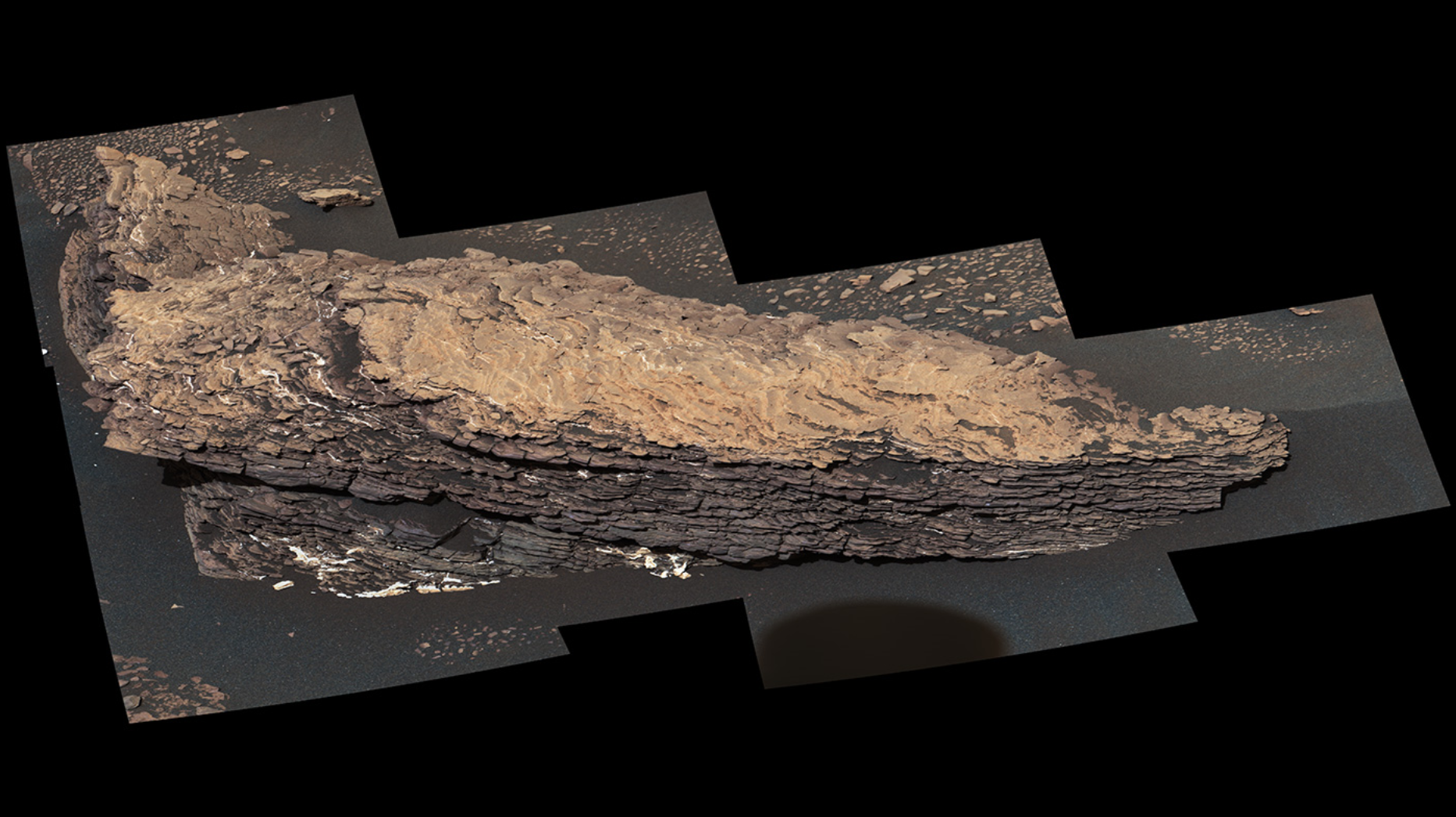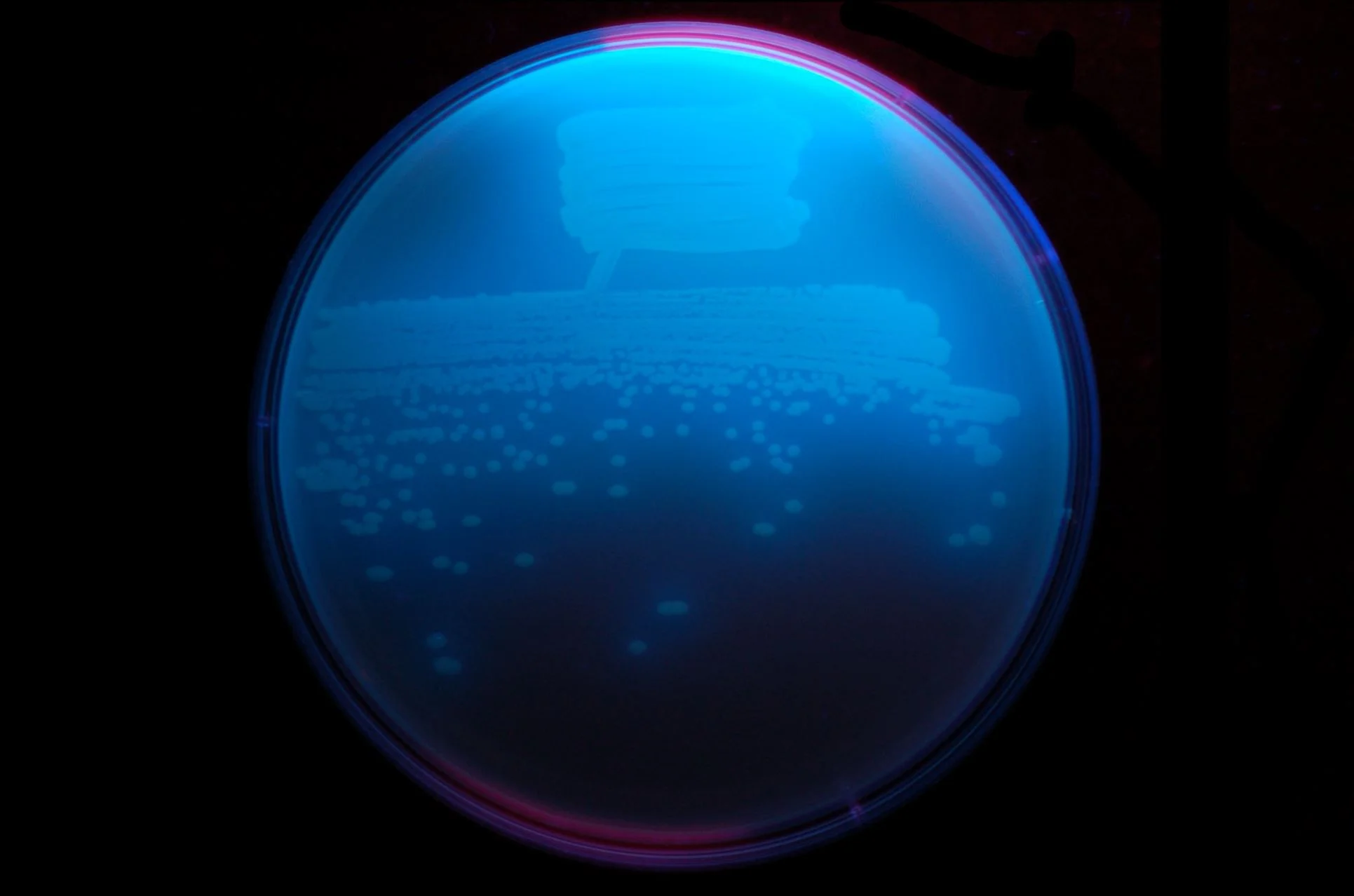An Israeli spacecraft called Beresheet almost made it to the moon in April. It took a selfie with the lunar surface in the background, but then lost contact with Earth and presumably crashed onto the lunar surface. Now it’s been revealed that the mission was carrying a cargo of dehydrated microscopic lifeforms known as tardigrades.
All Life on Earth is Made up of the Same 20 Amino Acids. Scientist Now Think They Know Why
The question of how life on Earth first emerged is one that humans have been asking themselves since time immemorial. While scientists are relatively confident about when it happened, there has been no definitive answer as to why it did. How did amino acids, the chemical building blocks of life, come together roughly four billion years ago to create the first protein molecules?
Space junk: a recycling station could be cleaning up in Earth orbit by 2050
There are about 22,000 large objects orbiting the Earth, including working and broken satellites and bits of old rocket from past space expeditions. If you include all the equipment dropped by astronauts while floating in space and the debris from colliding satellites down to around 1 centimeter in size, there are about one million bits of space junk in Earth’s orbit.
Elon Musk Outlines the Next Few Weeks of Starship Tests
I sent my DNA to Norway for personalised nutrition advice, what I discovered made me rethink my diet completely
Method may finally unleash graphene for faster computers!
Return to the moon? 3D printing with moondust could be the key to future lunar living
The entire Apollo 11 mission to the moon took just eight days. If we ever want to build permanent bases on the moon, or perhaps even Mars or beyond, then future astronauts will have to spend many more days, months and maybe even years in space without a constant lifeline to Earth. The question is how would they get hold of everything they needed. Using rockets to send all the equipment and supplies for building and maintaining long-term settlements on the moon would be hugely expensive.
Curious Kids: why is air colder the higher up you go?
New Finds for Mars Rover, Seven Years After Landing
NASA's Curiosity rover has come a long way since touching down on Mars seven years ago. It has traveled a total of 13 miles (21 kilometers) and ascended 1,207 feet (368 meters) to its current location. Along the way, Curiosity discovered Mars had the conditions to support microbial life in the ancient past, among other things.
Aliens: could light and noise from Earth attract attention from outer space?
Since the first use of electric lamps in the 19th century, society hasn’t looked back. Homes and streets are lit at all hours so that people can go about their business when they’d once have been asleep. Besides the obvious benefits to societies and the economy, there’s growing awareness of the negative impact of artificial light.
Snowball Exoplanets Might Be Better for Life Than We Thought!
When astronomers discover a new exoplanet, one of the first considerations is if the planet is in the habitable zone, or outside of it. That label largely depends on whether or not the temperature of the planet allows liquid water. But of course it’s not that simple. A new study suggests that frozen, icy worlds with completely frozen oceans could actually have livable land areas that remain habitable.
The next generation of antibiotics may come from dirt bacteria
Rock Almost Rolled Into This Crater on the Moon… Almost
The history of the Moon is a tale told by geology, apparent in its rocks, craters, and other surface features. For centuries, astronomers have studied the Moon from afar and for the past few decades, it has been visited by countless robotic missions. Between 1969 and 1972, a total of twelve astronauts walked on its surface, conducted lunar science, and brought samples of lunar rock back to Earth for study.
The Moon and Mercury May Have Thick Ice Deposits
Shining (Star)light on the Search for Life
Confirmation of Toasty TESS Planet Leads to Surprising Find of Promising World
Hubble Uncovers a ‘Heavy Metal’ Exoplanet Shaped Like a Football
How fireflies glow – and what signals they’re sending
You might not really be sure you saw what you think you saw when the first one shows up. But you stare in the direction of the flicker of light and there it is again – the first firefly of the evening. If you are in good firefly habitat, soon there are dozens, or even hundreds, of the insects flying about, flashing their mysterious signals.

















